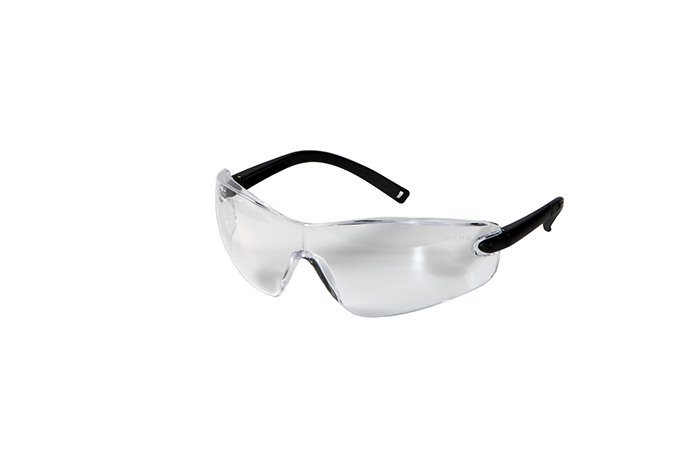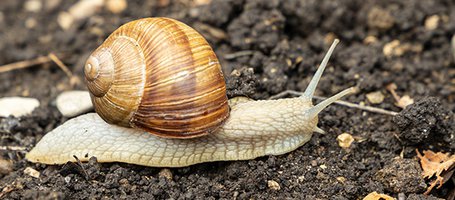Cleaning your chainsaw regularly is the best way to preserve its longevity and efficiency, and to avoid incurring unexpected costs for maintenance or replacement parts.
When working outdoors, sawdust infiltrates the machine, mixing with oil or earth and leaves in the work area and forming encrustations that risk impairing the device’s functionality if they are left to accumulate.
It is therefore necessary to keep the individual components in working order by eliminating dust and waste cuttings regularly and appropriately. Let's see how.
When and how to sharpen a chainsaw
Cleaning the chain by removing encrusted dirt from inside the links is essential to prevent the chain from overheating and wearing more rapidly than it would otherwise.
To do this, simply loosen the chain, remove the chain guard and clean the chain using an air compressor and a brush with stiff bristles. If the dirt is very stubborn, you can dip the tool in some petrol or acetone and try again.
After cleaning the chain, we also recommend using an air compressor to remove debris from the surface of the clutch, flywheel and engine cooling fins.
How to clean your chainsaw carburettor
If you own a petrol engine chainsaw such as the MT3500S, when cleaning it you should always take a look at the condition of the carburettor.
Cleaning your chainsaw’s carburettor is a very delicate task: the membrane structure is easily broken and heavy-handed maintenance could cause irreparable damage to the device.
Our advice is to lay down the compressor, carefully remove the protection and clean the fuel pipe and tank filter on either side of the membrane, taking care to avoid slips.
How to clean the chainsaw filter
The air filter is the part of the chainsaw that collects the most dust and waste. For this reason, it should ideally be cleaned after each cutting session.
But before you remove the component and clean it, make sure that the air throttle closure is engaged, to prevent more dirt from entering the intake passage.
Exert a little pressure on the nozzle with your fingers and blow air inside with the compressor.
Compressed air is the most effective method for sanitising mesh or paper filters, provided you use a low power setting to avoid splitting the filter.
Stubborn dirt residues can be removed using a soft bristle brush.
Equip yourself with some utility gloves and clear protective spectacles and wear them throughout all stages of cleaning, to avoid getting dirty and suffering irritation or allergic reactions from the dust.


How to clean your chainsaw’s spark plug
Are you wondering how to clean your chainsaw’s spark plug? First of all, try to work out where it is located. Each model has its own unique structure, so the spark plug is not always in the same place. Once you know where it is, disassemble the chainsaw casing, removing the cap that connects it to the coil.
Always make sure that the engine is completely cold before carrying out any maintenance. That way, you will not only avoid getting burned, but you will also save a lot of effort: heat expands metal components, making them harder to disassemble.
Unscrew the spark plug with a spanner of suitable size and remove encrustations using a suitable brass bristle brush or a piece of sandpaper.
Rub the area around the electrodes thoroughly until the metal surface is completely bare. Then, wrap the spark plug in a cloth moistened with petrol, to remove any micro-residues that have penetrated the body, and let it dry.
Once the spark plug is dry and you have reinserted it, you can then reassemble the casing and cap and resume cutting.
How to clean your chainsaw’s muffler
To avoid starting problems or other issues, it is advisable to check the condition of the muffler frequently.
If it is not particularly dirty or encrusted, you can clean the chainsaw muffler using a cloth soaked in petrol or a high-quality degreaser. If the muffler is heavily soiled, you will first need to heat it in order to harden and burn up the excess debris, then scrape it off with a screwdriver.









